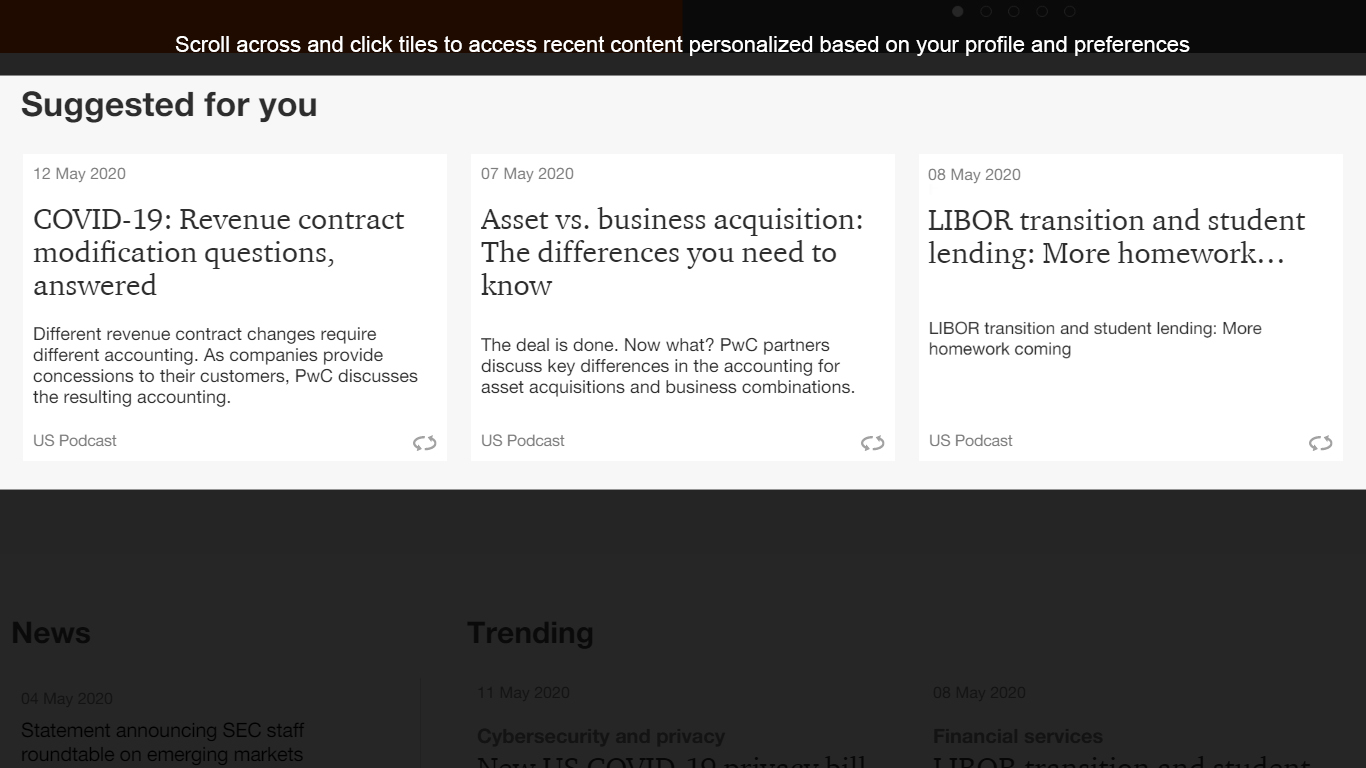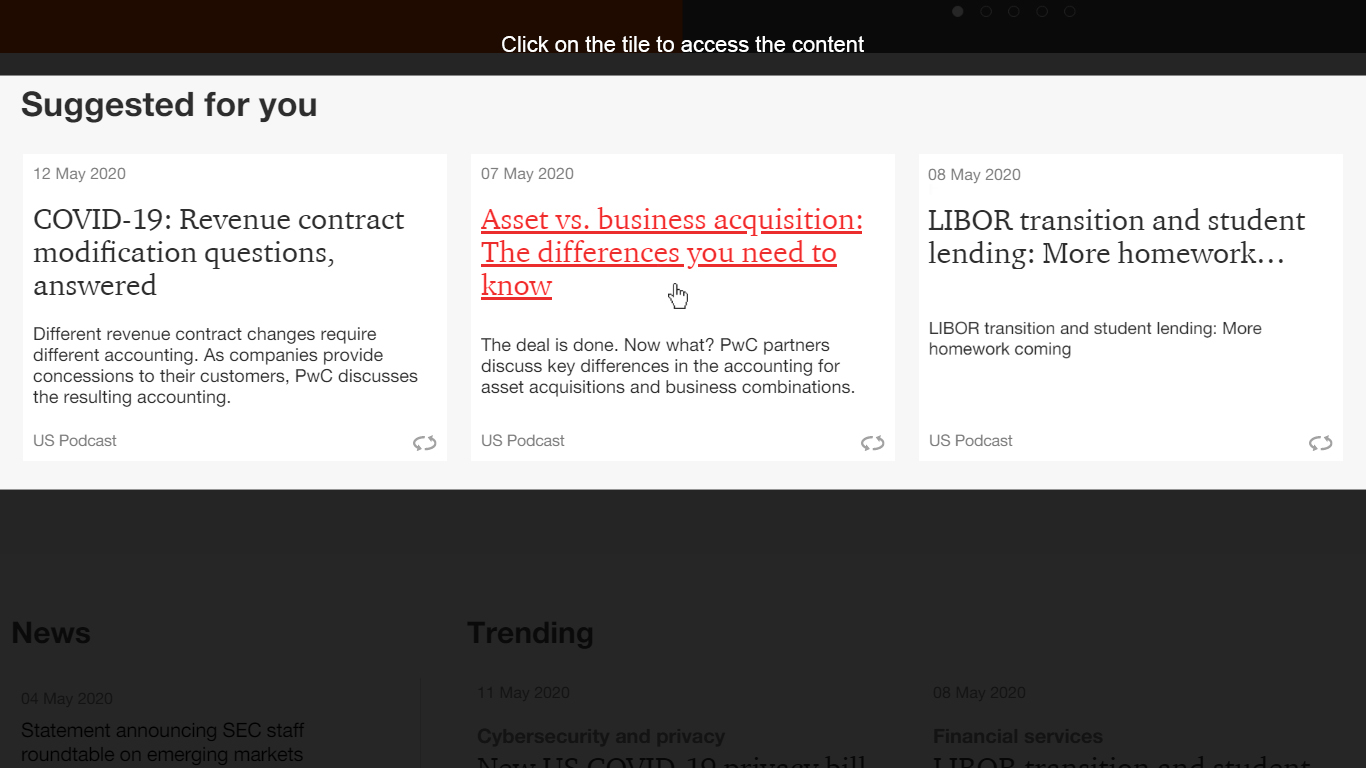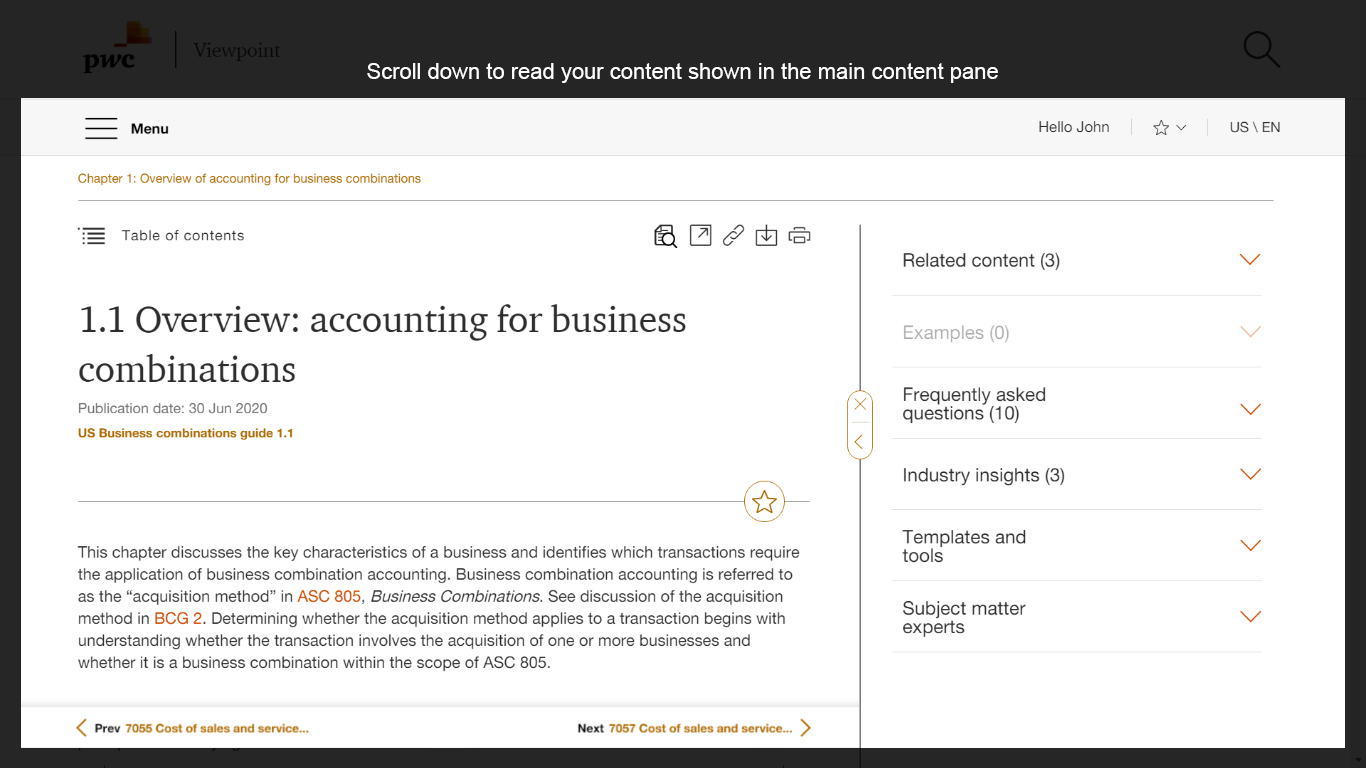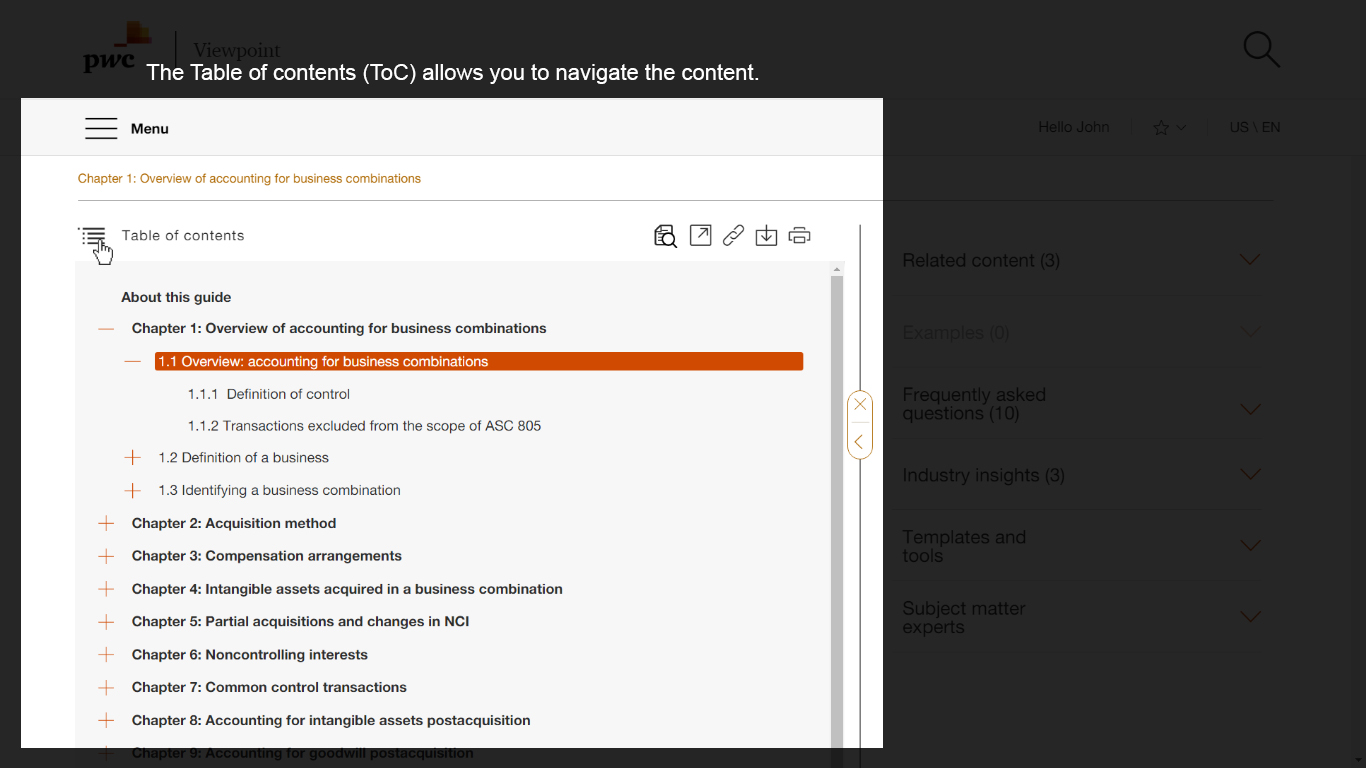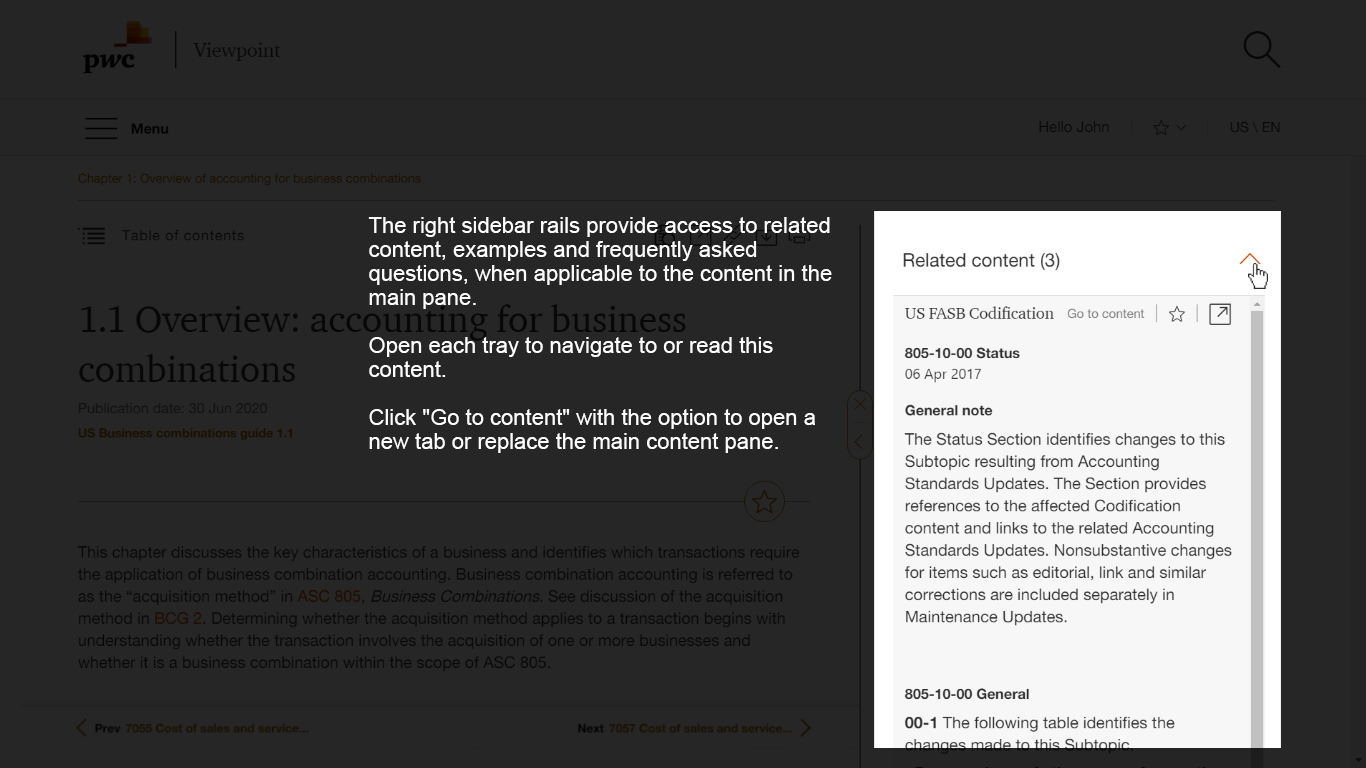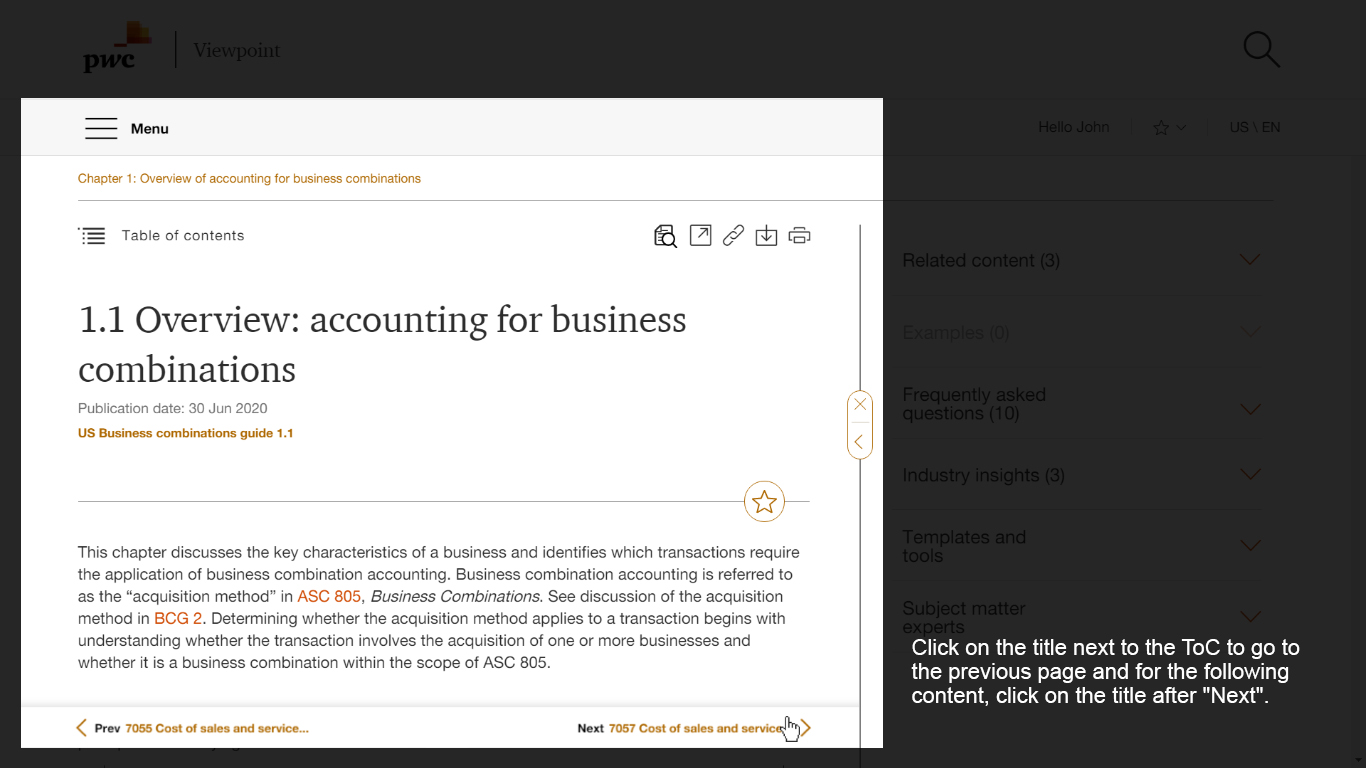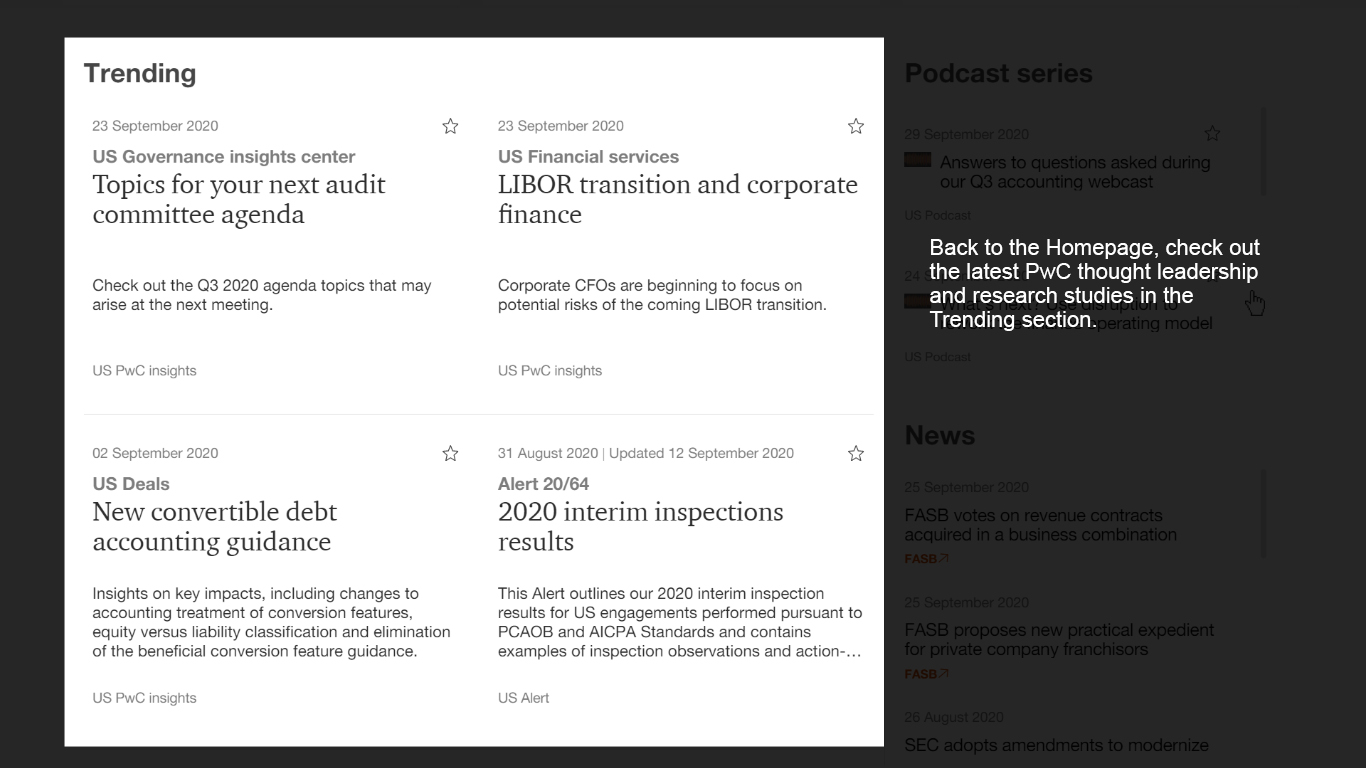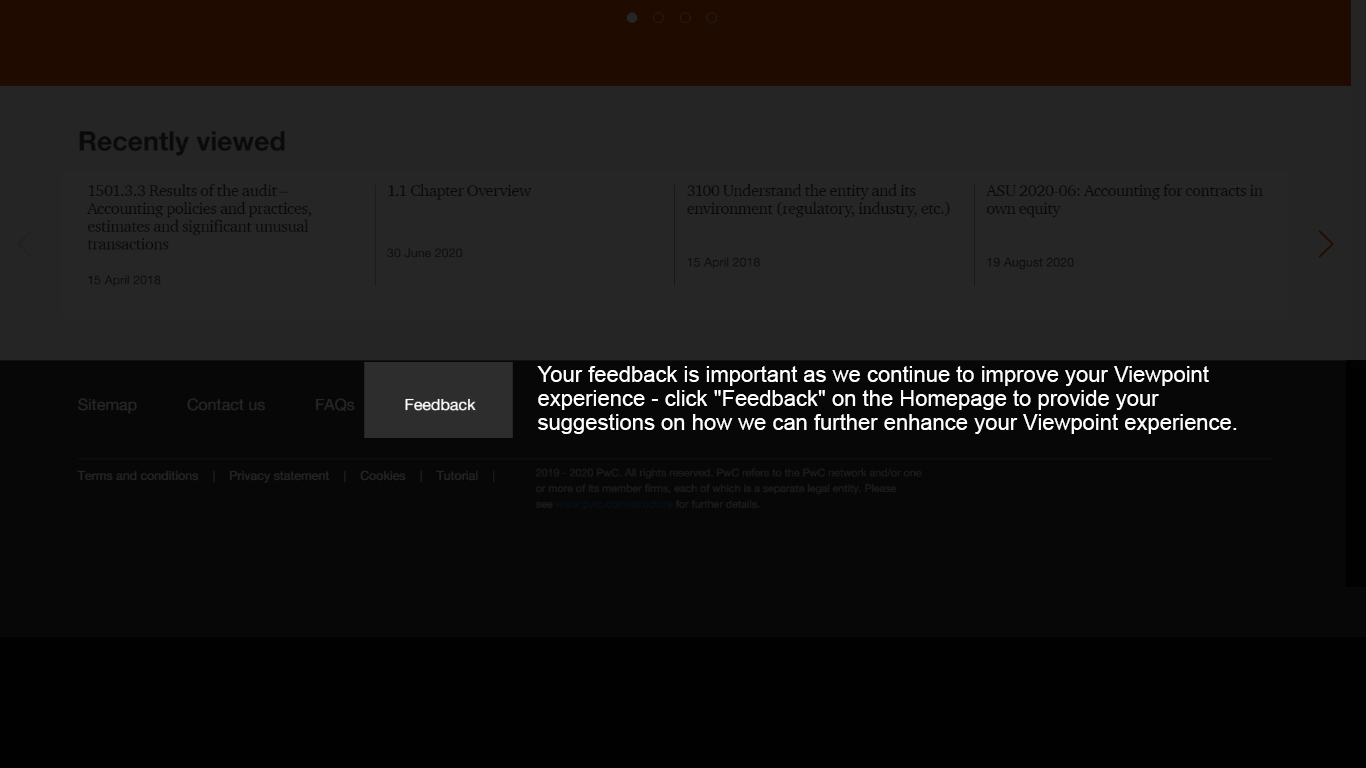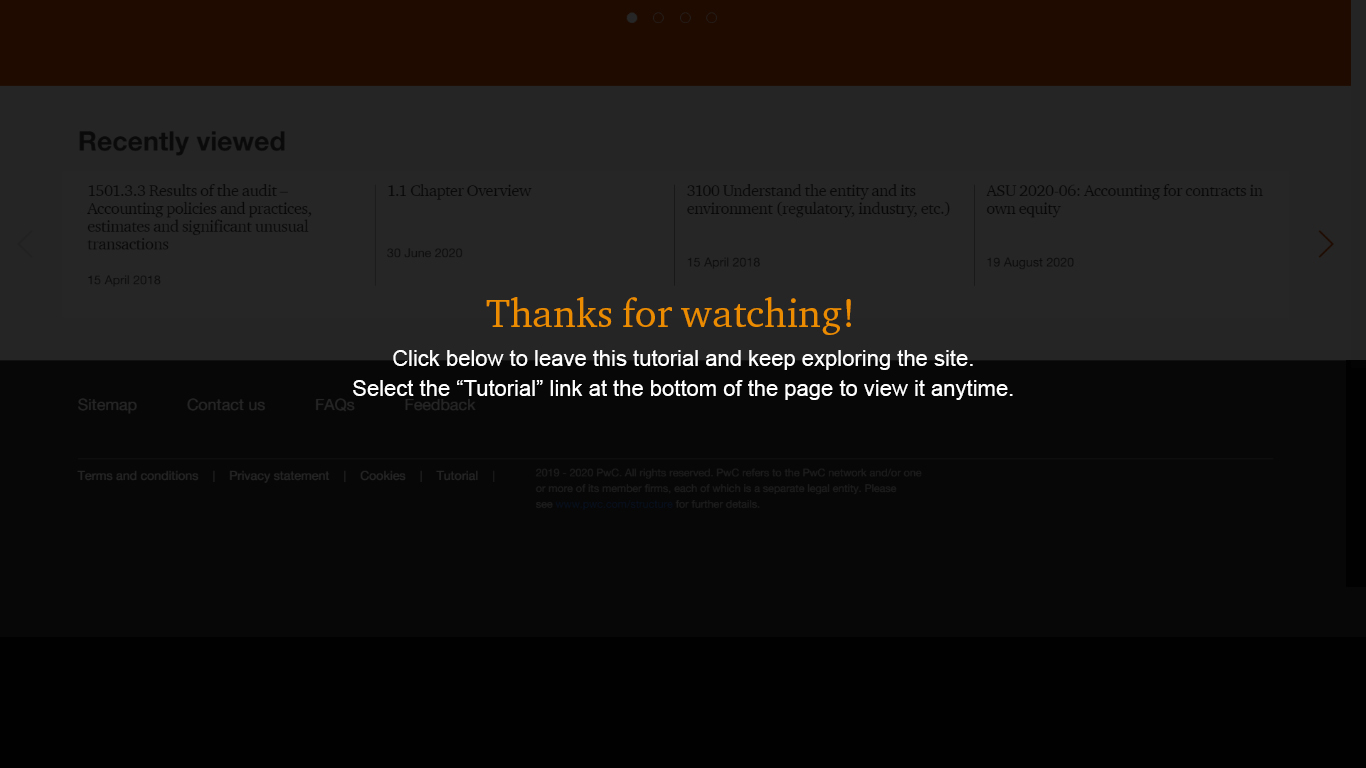Search within this section
Select a section below and enter your search term, or to search all click Financing transactions
Favorited Content
The borrower’s periodic interest cost shall be determined using the interest method based on the estimated outstanding term of the debt. In estimating the term of the debt, the borrower shall consider its plans, ability, and intent to service the debt. Debt issue costs shall be amortized over the same period used in the interest cost determination. The term-extending provisions of the debt instrument should be analyzed to determine whether those provisions constitute an embedded derivative that warrants separate accounting as a derivative under Subtopic 815-10.
PwC. All rights reserved. PwC refers to the US member firm or one of its subsidiaries or affiliates, and may sometimes refer to the PwC network. Each member firm is a separate legal entity. Please see www.pwc.com/structure for further details. This content is for general information purposes only, and should not be used as a substitute for consultation with professional advisors.

Select a section below and enter your search term, or to search all click Financing transactions


